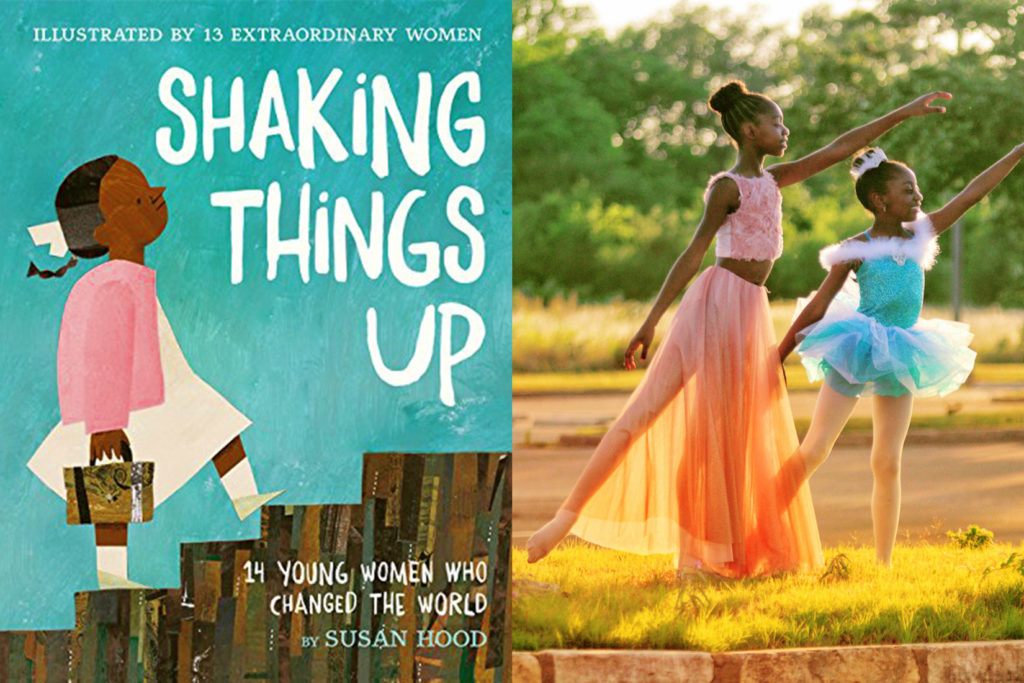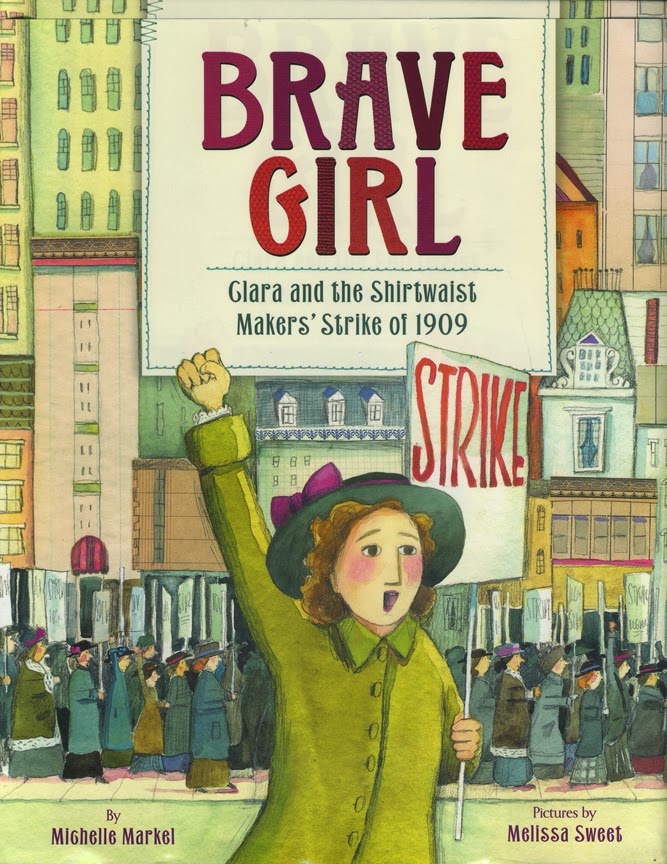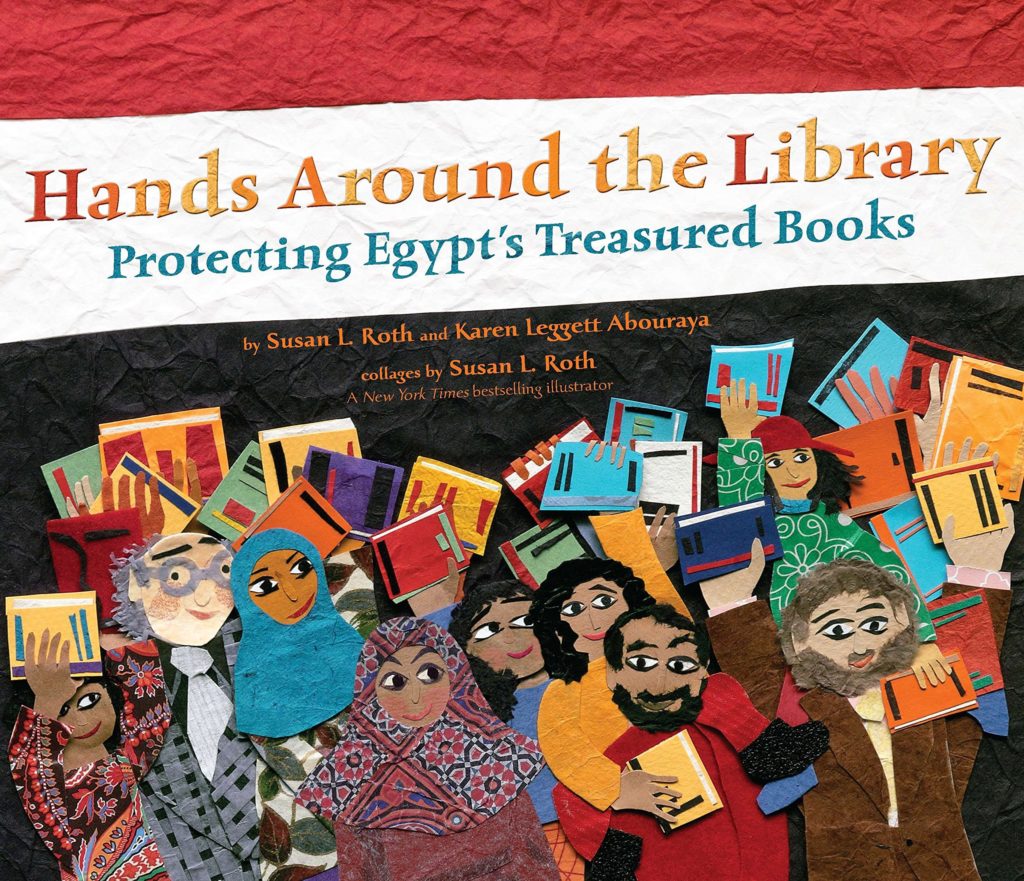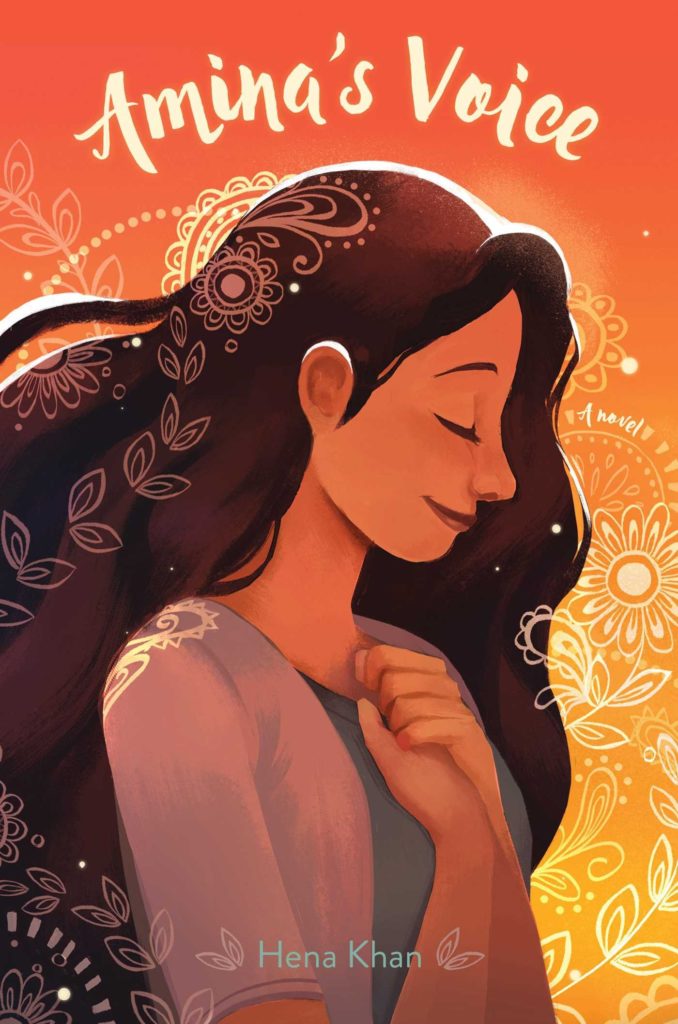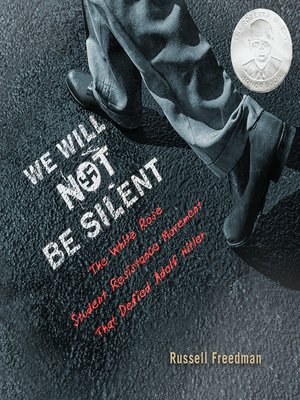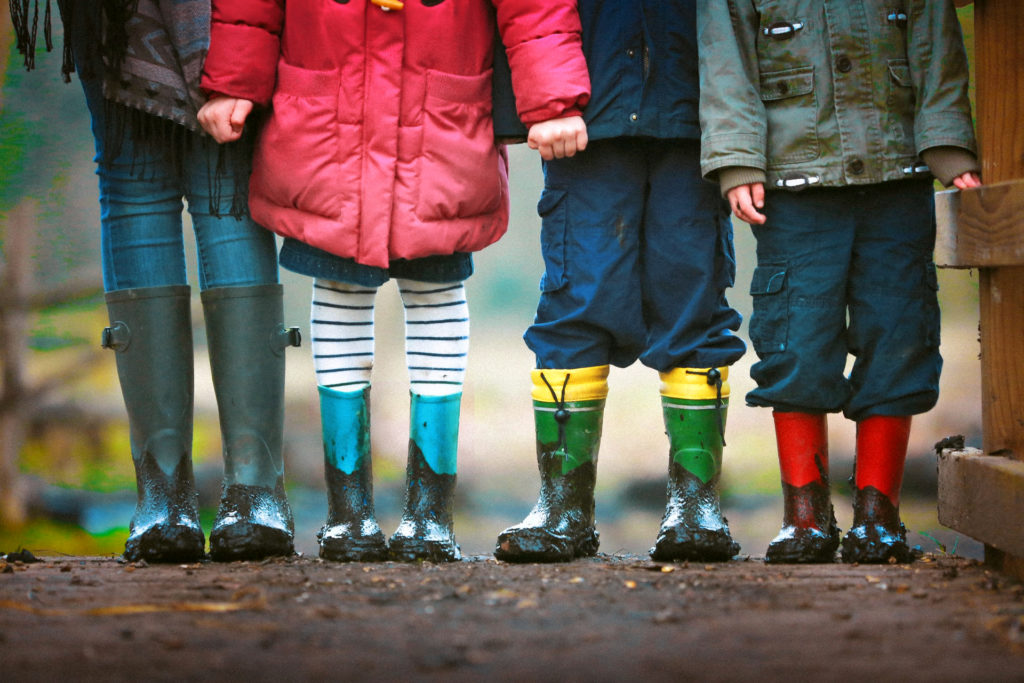when the issues are BIG and the idea for resistance starts small with a single person…
What does taking a stand look like for this age group? Substantial picture book stories help explore some big ideas for bigger kids, and they’ll encounter inspiration in many forms.
Below you’ll find books and activities that are appropriate for 3rd, 4th and 5th Graders around the concept of “Taking A Stand”.
GREAT BOOKS & CONVOS
SHAKING THINGS UP: 14 YOUNG WOMEN WHO CHANGED THE WORLD
By Susan Hood
Why We LOVE This Book
If your child was inspired by Amanda Gorman’s powerful poetry at the Biden Inauguration, this book is a great follow-up! This sophisticated and informative picture book celebrates 14 young women who took a stand and made a difference. Their stories are masterfully presented in poetic form, so each read aloud is short, lyrical, and powerful. There is a strong mix of well-known and little-known biographical subjects, so every child is sure to discover someone new. From Molly Williams (first known female firefighter in the US) to Annette Kellerman (champion athlete and inventor of the swimsuit), to well-known changemakers Ruby Bridges, Mae Jemison, and Frida Kahlo, this book is full of inspiring words and images. It’s a book to read in bite-size portions as there is plenty to uncover in each illustration and footnote. Definitely a great example of a picture book that has plenty to offer middle grade students.
Conversation Launchers
As you read this book, there are plenty of rich language phrases and concepts to unpack with your child. For example, in the Mae Jemison poem, “Lift Off”:
- The African proverb, “No one shows a child the sky”. What does that really mean?
- Her kindergarten teacher says, “You want to be a scientist? Don’t you mean a nurse?” Why did she say that to Mae?
- A Wrinkle in Time and Star Trek’s Uhura are mentioned as inspiration for Mae. Does your child understand those references?
A brilliant feature of this book is the timeline placed in the front pages, giving some historical context for when each of these women lived (spanning centuries from the 1780’s – 2014).
- Revisit the timeline after reading each poem and discuss the historical context for women living in a particular time period.
In the author’s notes, Ms. Hood mentions that this is not an exhaustive list and other “movers and shakers” of all genders could have been included.
- Who else would your family nominate for that honor?
INTERACTIVE ACTIVITIES
Keep the conversation going!
- Dig Deeper – There are a ton of kid-friendly resources listed in the back pages of this book, related to each of the subjects of the poems. Who knew that the tongue twister “She sells seashells by the seashore” was actually inspired by one of these real-life women?
- Create – Each poem was illustrated by a different artist and a quote (either from or about the subject) was included with the illustration. Your child might consider drawing a self-portrait and including a quote that they think sums up something they believe. It could also be a great project to do with older members of the family: the child draws a portrait of the family member and then interviews them about what quote they think is really important to include as a representation of their life and values. They might create a future treasured keepsake!
- Keep Reading – This book pairs beautifully with No Voice Too Small, another biographical poetry book about young American activists.
Fred Korematu Speaks Up
By Laura Atkins & Stan Yogi
Why We LOVE This Book
This book is part of a series written for middle graders that highlights real life activists for social progress. In this case, the story describes a 14 year old who was sent to a Japanese Internment Camp in 1941. He resisted the move and was jailed for his stance.
Conversation Launchers
- Put yourself in the shoes of Fred and his family. Can you imagine how you would feel if the government forced you all to move to an internment camp? What would you do?
- Fred had grit. Find out the meaning of the word grit. Do you have grit? Can you think of times when you needed to use it? Could you demonstrate the grit that Fred did in this book?
- What makes someone American? Discuss how Fred stood up for his American citizenship.
INTERACTIVE ACTIVITIES
Keep the conversation going!
- Dig Deeper – Do some research on the real Fred Korematsu.
- Create – Check out the activist spread in the book. It supplies tips to get kids involved. Can you think of something that gives you the passion to stand up? Can you stand up for your beliefs and convictions? Try putting that passion into action.
- Keep Reading – This is the first book in the Fighting for Justice Series. The second book is called Biddy Mason Speaks Up.
Someday Is Now
Olugbemisola Rhuday-Perkovich
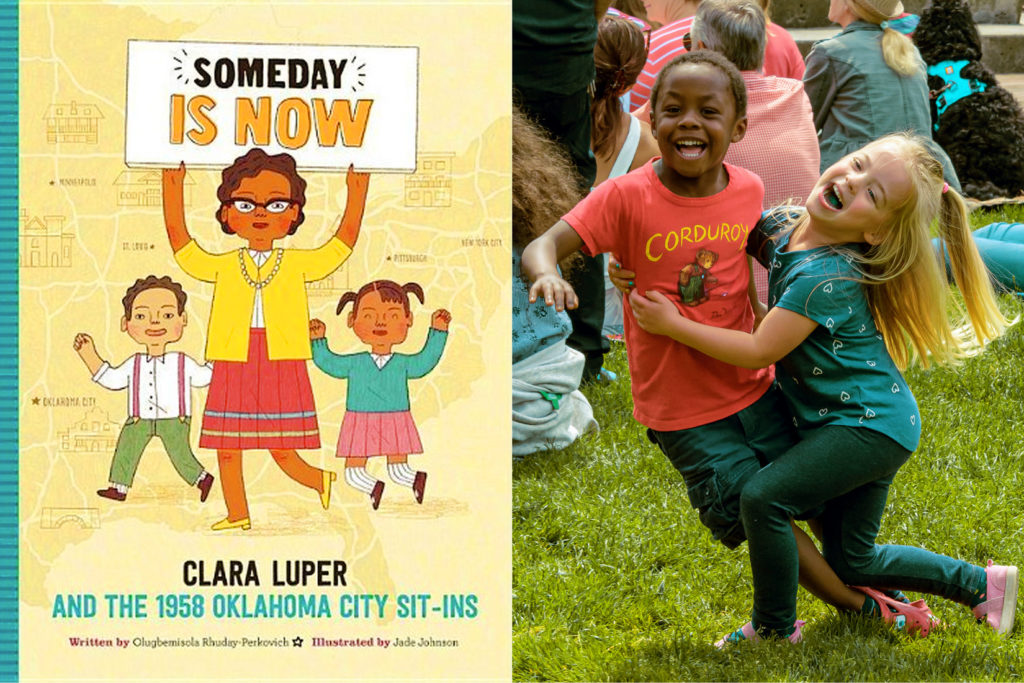
Why We LOVE This Book
How do you explain to a young child what racism felt like in the South in the 1950’s? You tell the story of children who were not allowed to eat at a restaurant because of the color of their skin; instead they were always forced to take their food and leave. Their teacher, Clara Luper, connected with the NAACP and together they created a sit-in with the students that changed the policy. The ugliness of the reactions they endured is depicted, but also the hope that was born after they bravely took their stand.
Conversation Launchers
- Was there a place in this book where you felt shocked or surprised? Tell me about it.
- Why was the trip to New York a very important experience for Clara’s students?
- What could you do if you see someone being treated unfairly because of race, culture, or gender?
- “Taking a stand” means that you do something that shows what you believe, even if it’s hard. Who took a stand in this book?
INTERACTIVE ACTIVITIES
Keep the conversation going!
- Dig Deeper – “Separate and Unequal” is a phrase repeated in bold print throughout the book. Can you make a list with the family of all of the different ways that segregation made things “separate and unequal?” From stores, to drinking fountains, to schools, and transportation, the list tragically could go on and on. Once you begin to dig into this through online searches with your child, the realities of the history of segregation become more clear.
- Create – Clara Luper taught her students the steps for change: investigation, negotiation, education, demonstration. Create a poster with these terms to have as a reminder for your child. If they are frustrated about changing an injustice, how could those steps help?
- Keep Reading – The Hero Next Door is an anthology of short stories that is edited by this same author. Presented by the organization, We Need Diverse Books, this collection highlights fiction where someone’s kindness changed the story of another. Some story themes are more mature than others, so this is a book that can grow with your child across the grades.
MORE GREAT READS
Brave Girl
Michelle Markel
Hands Around the Library
Susan Roth & Karen Abouraya
Amina’s Voice
Hena Khan
Marley Dias Gets It Done
Marley Dias
We Will Not Be Silent
Russell Freedman
NEW BOOK JOY is an affiliate of Bookshop.org and will earn a commission if you click through and make a purchase. Every order you place through NBJ supports our site and their pool of independent bookstores!
Resources for OTHER AGE GROUPS
SEARCH BY GRADE LEVEL…
– Connie O, NEW BOOK JOY Founder



